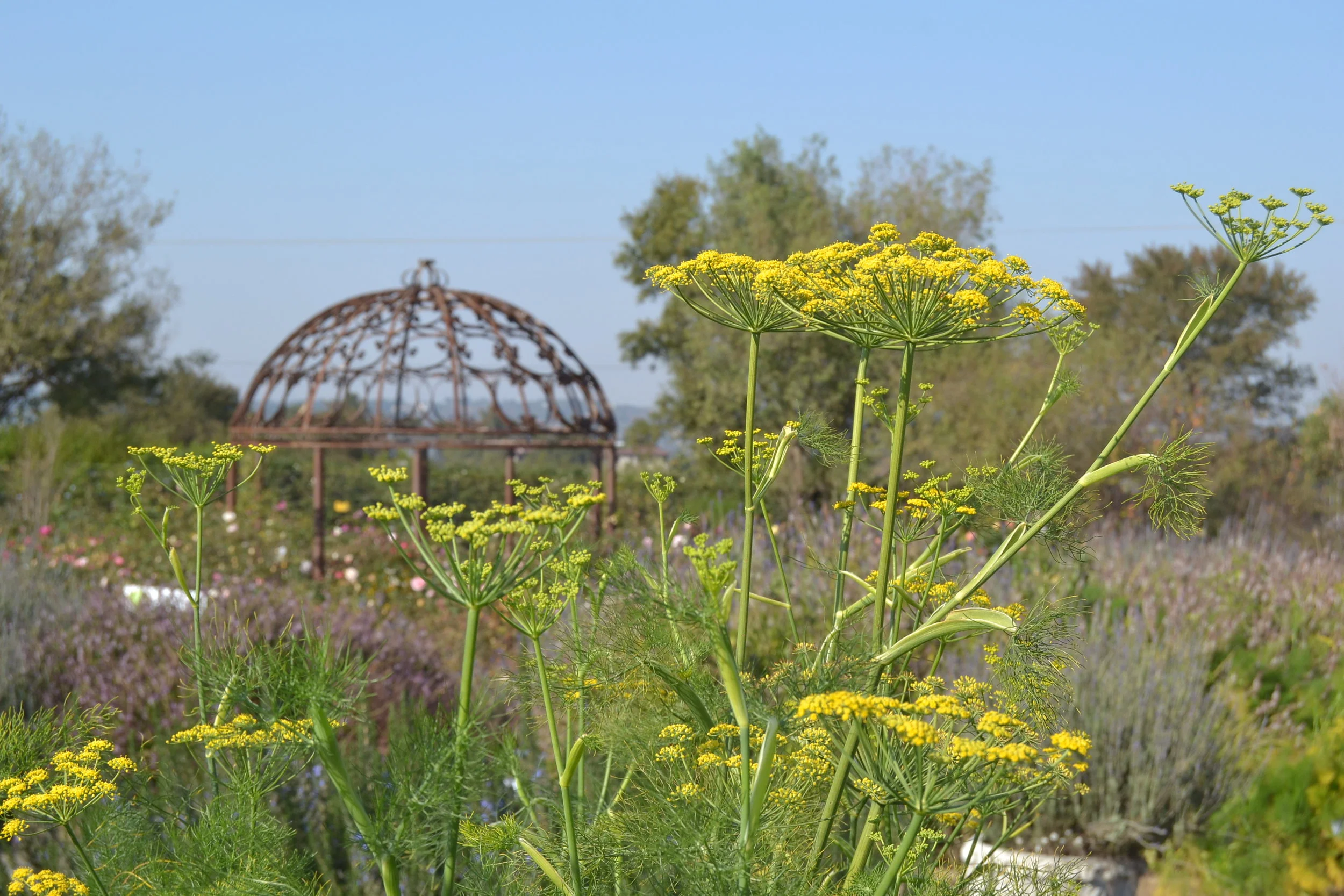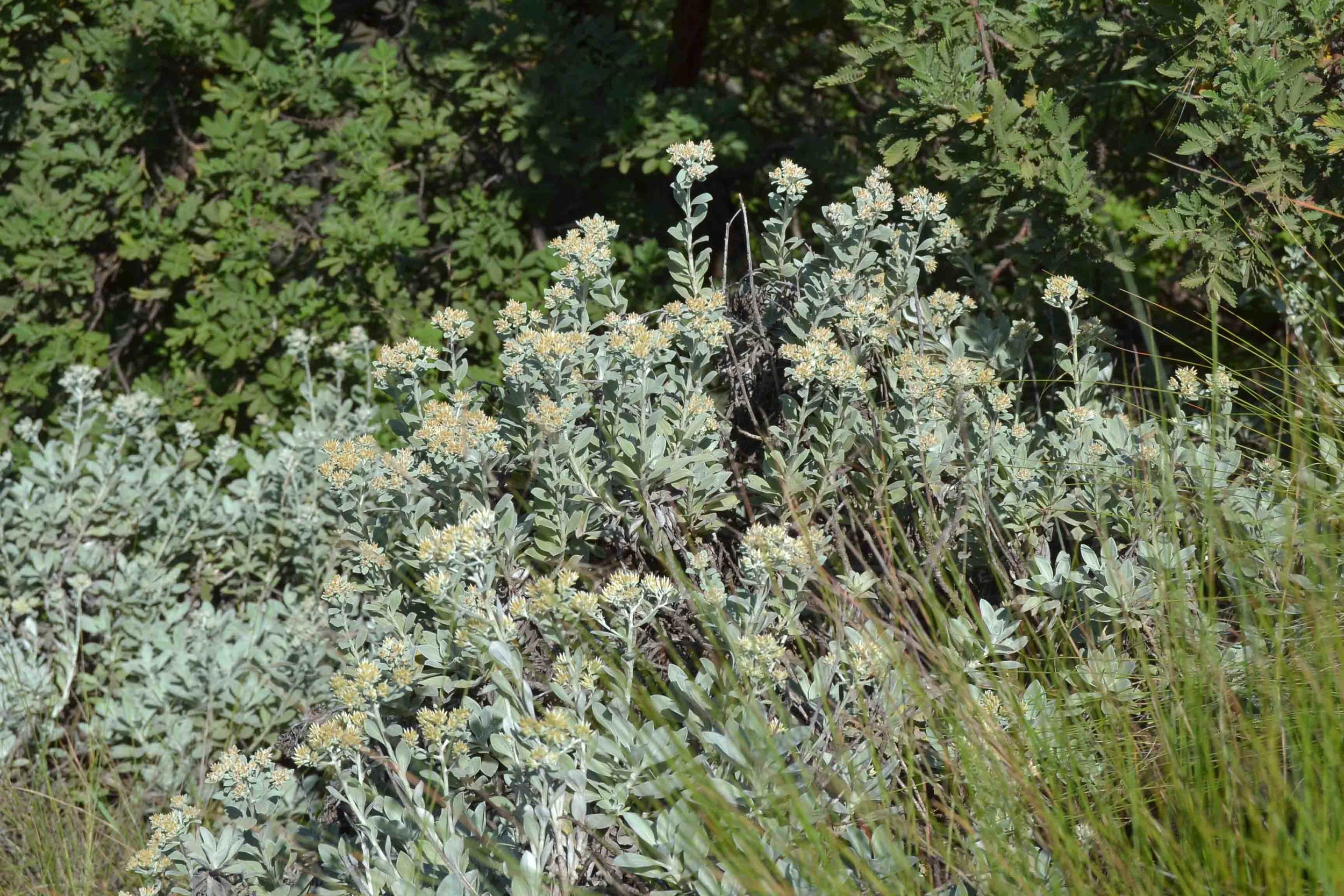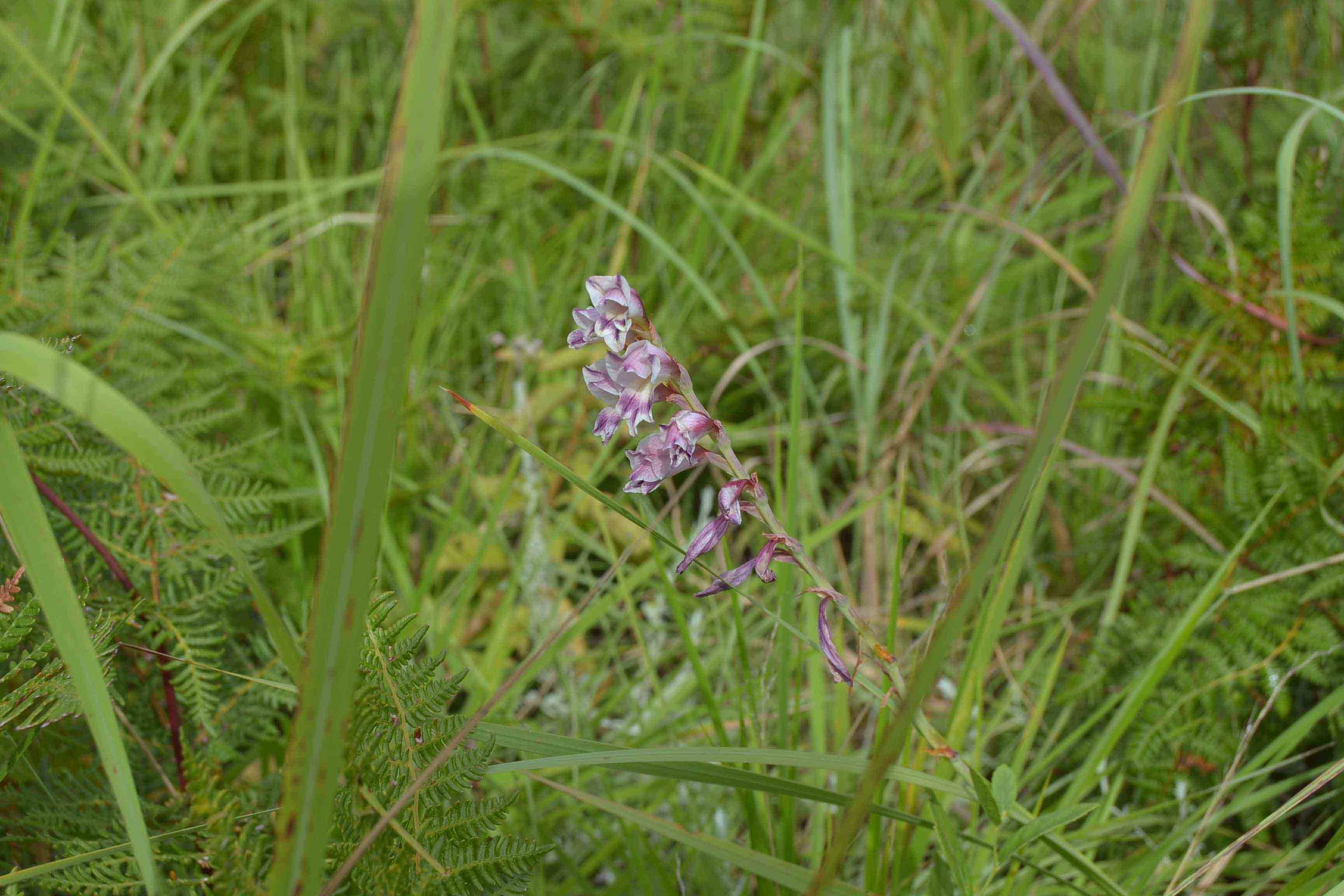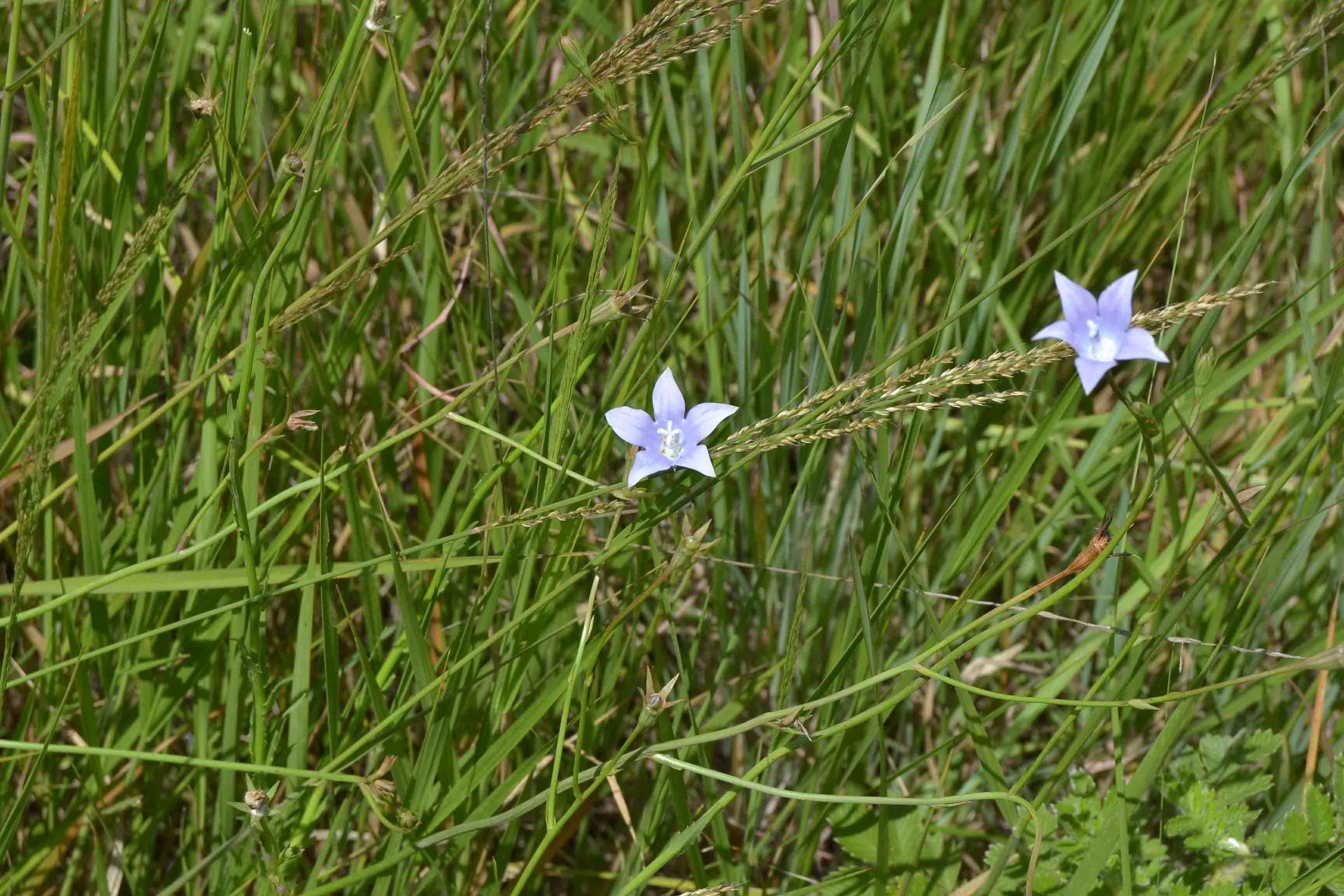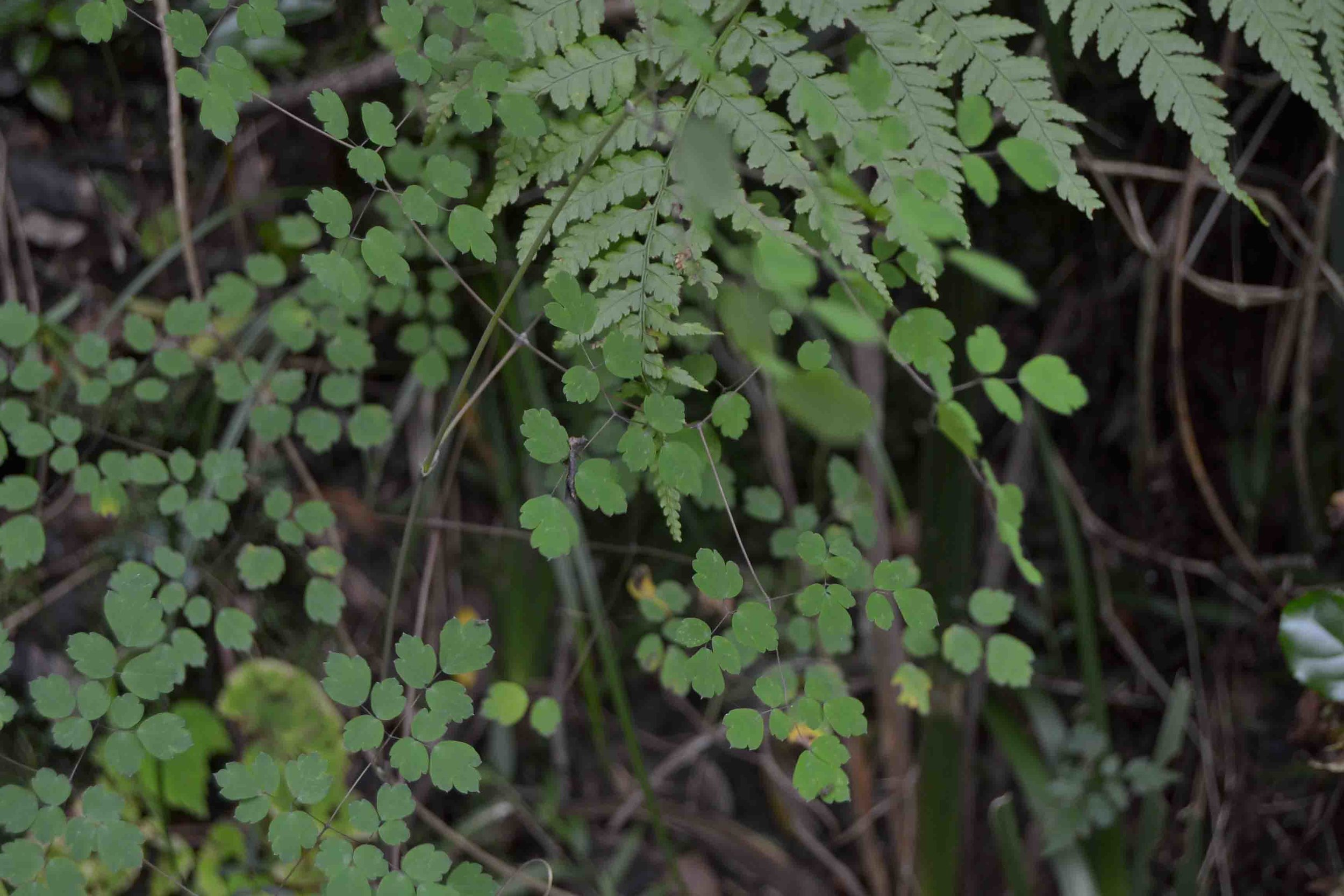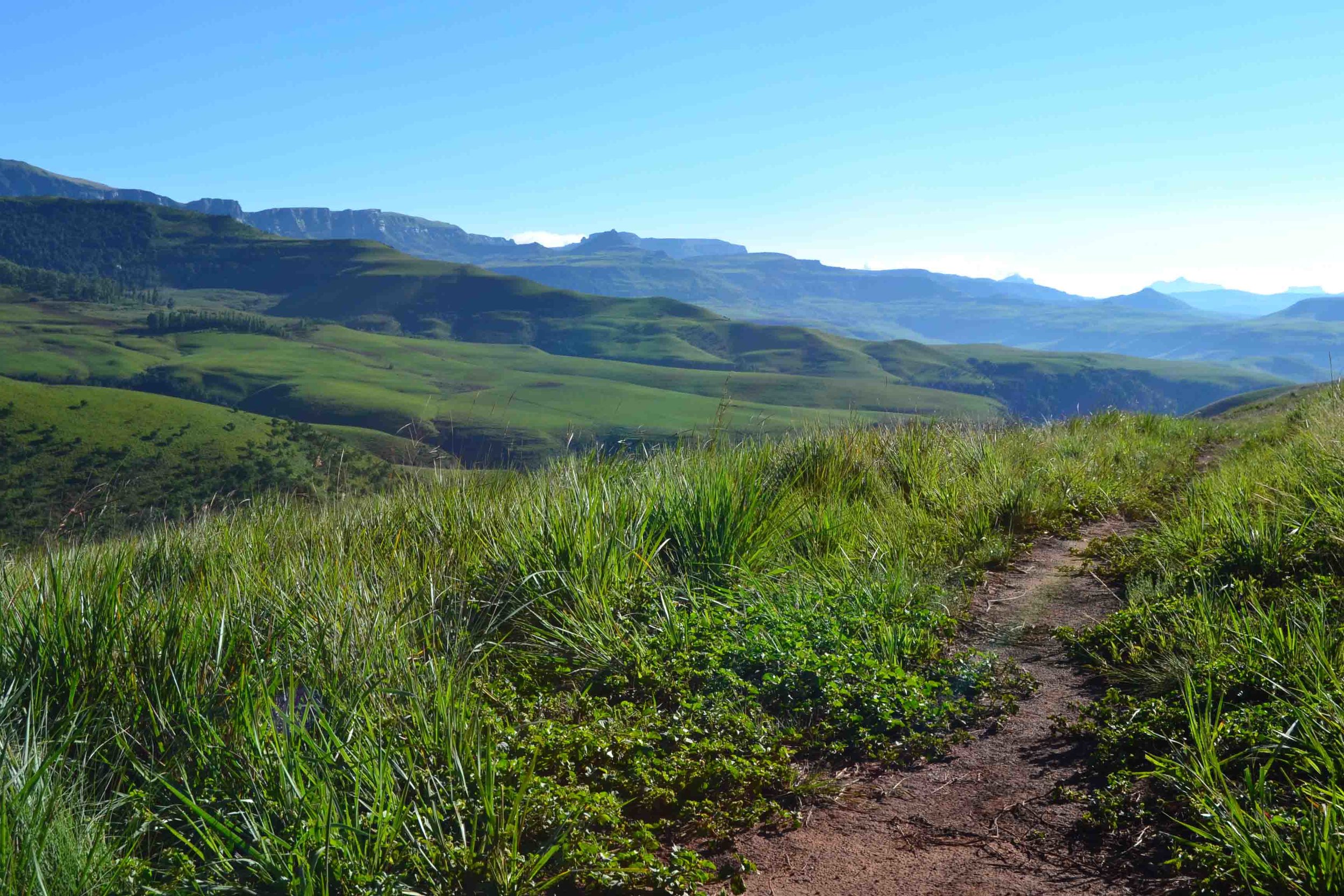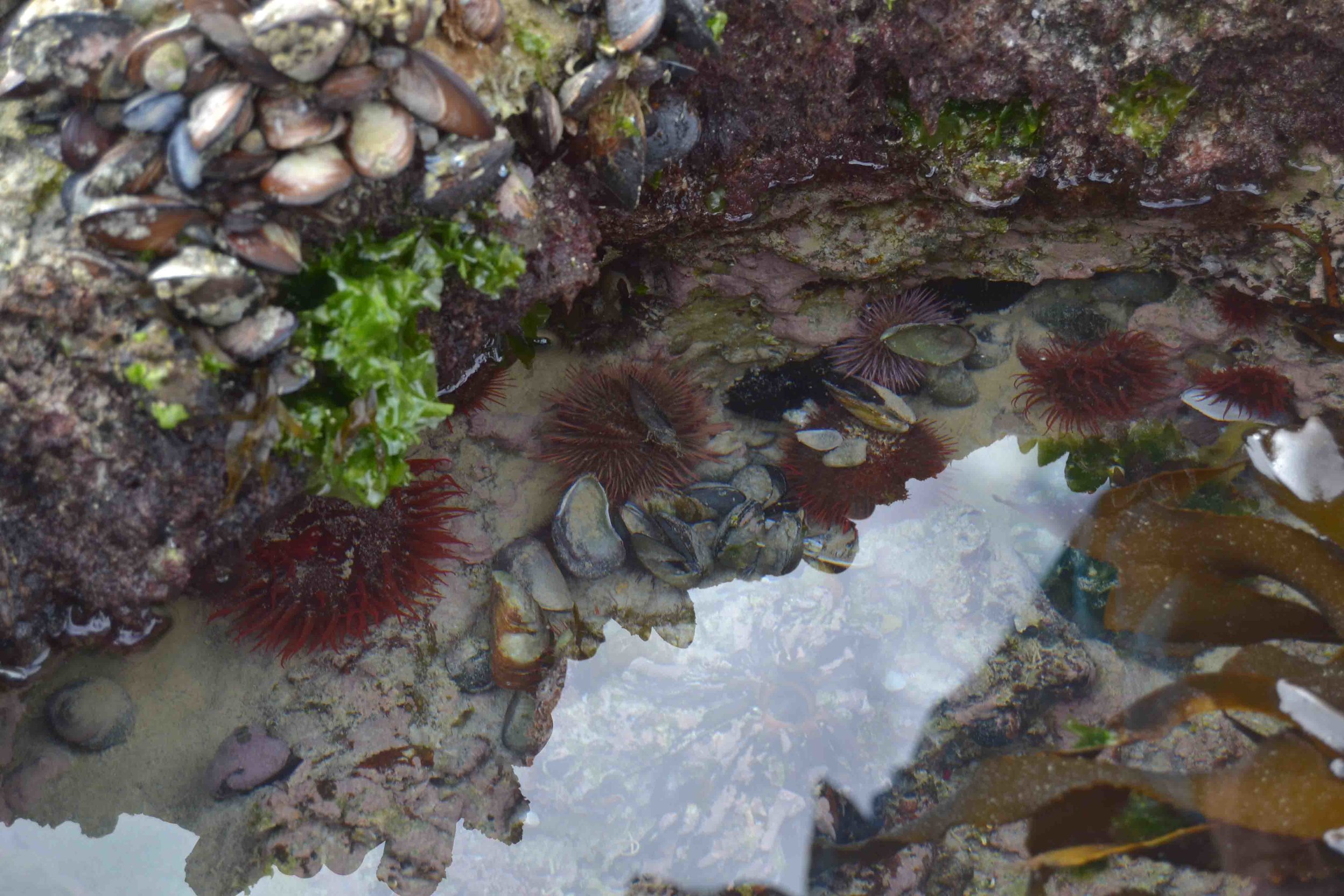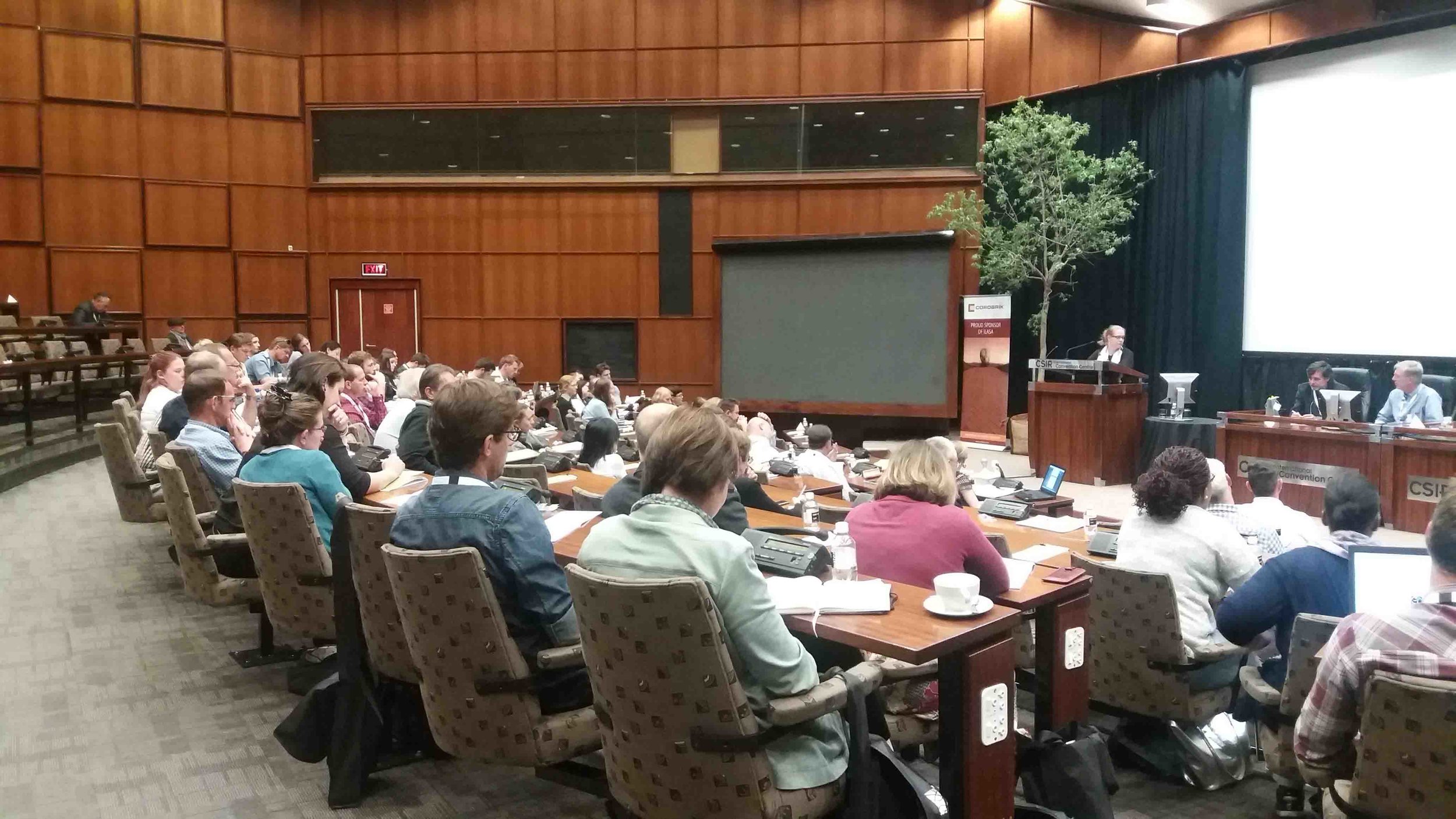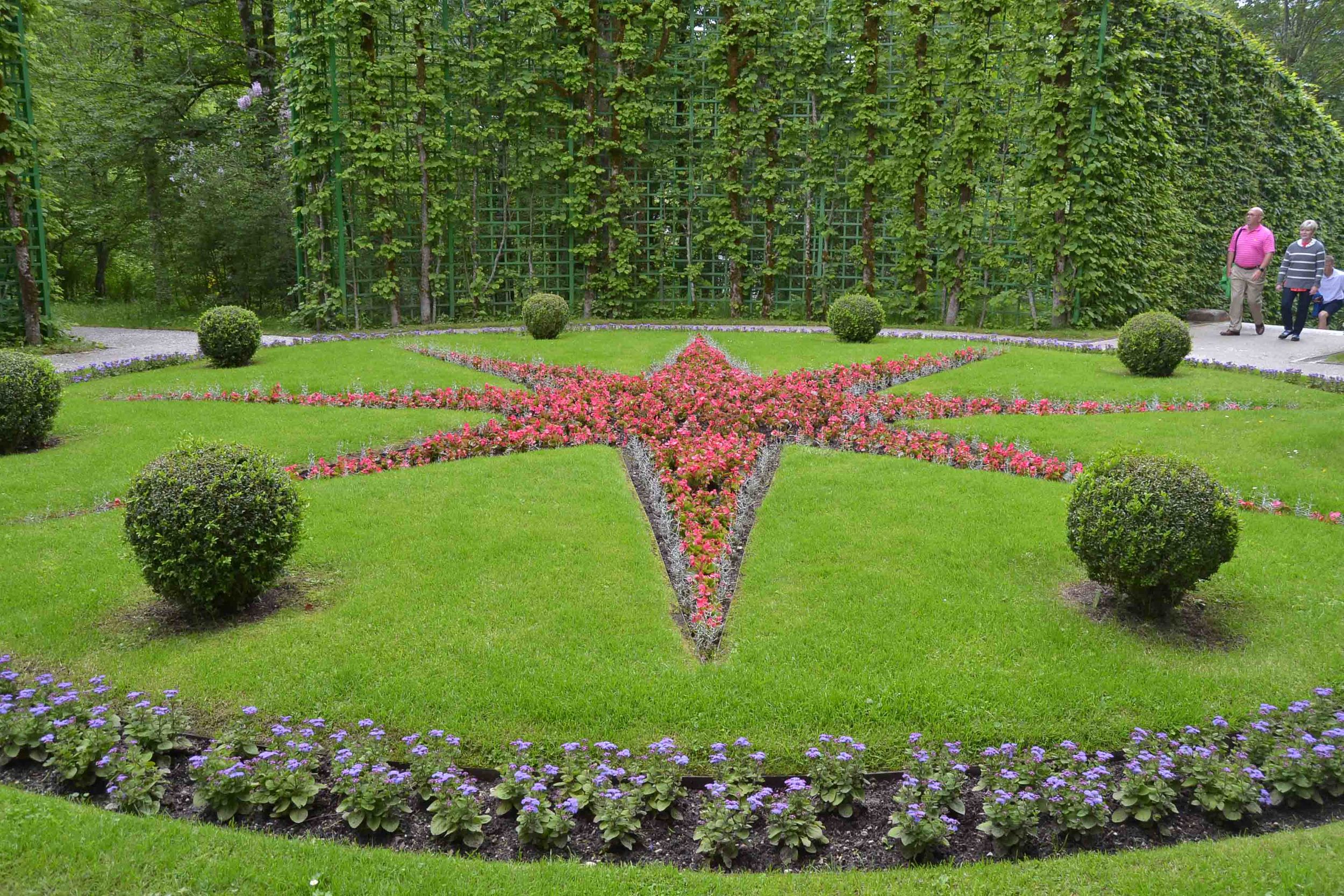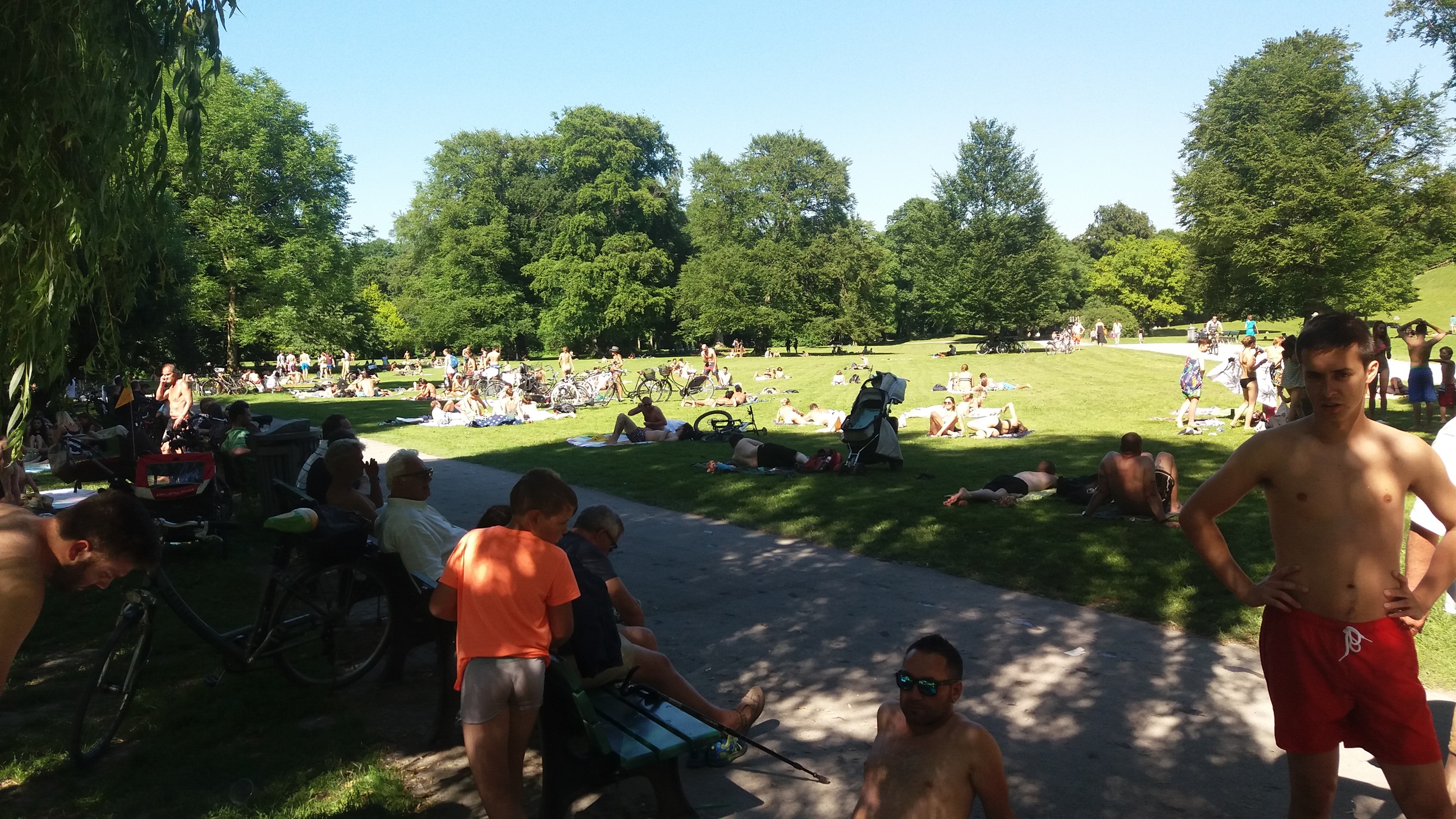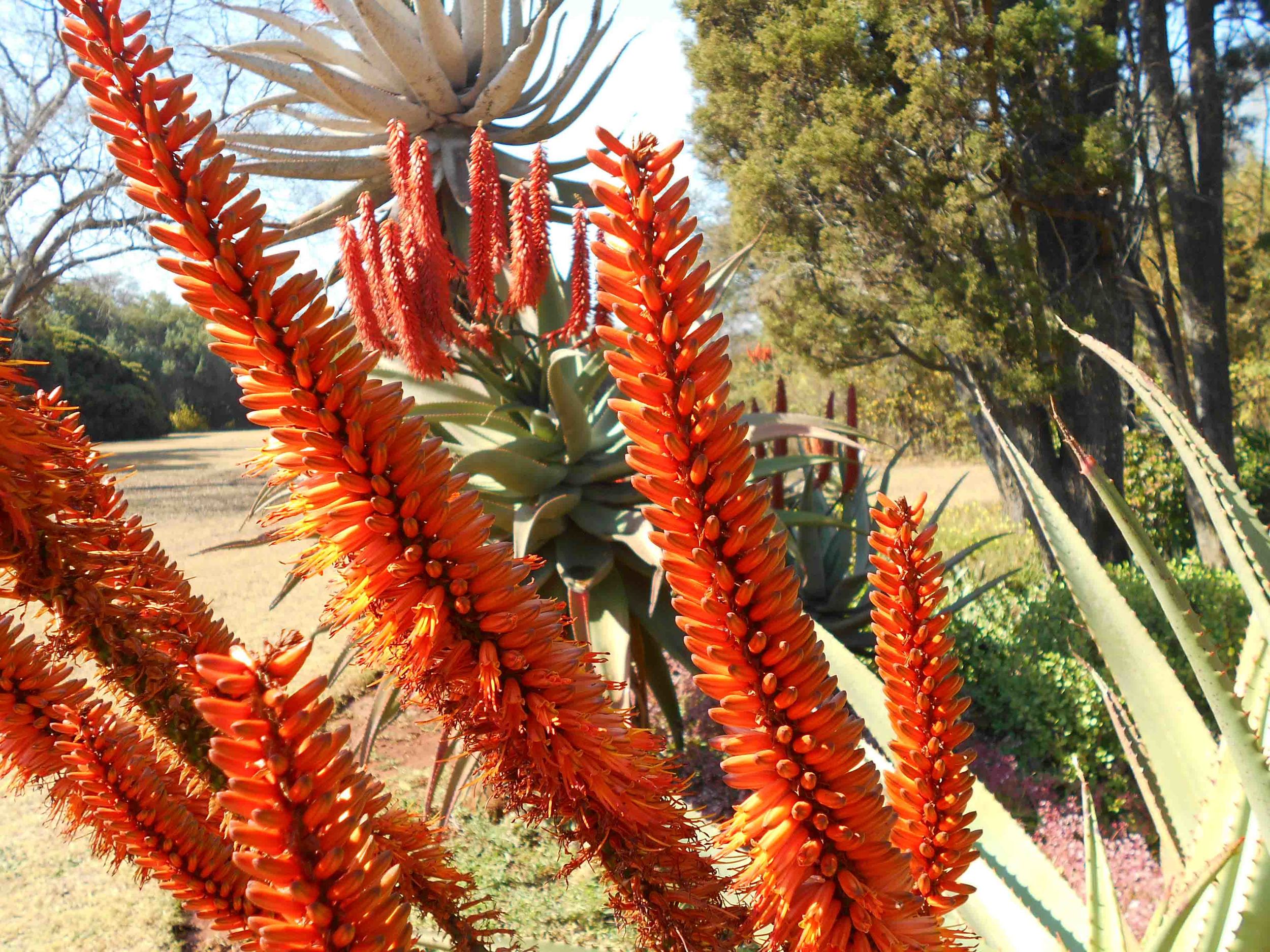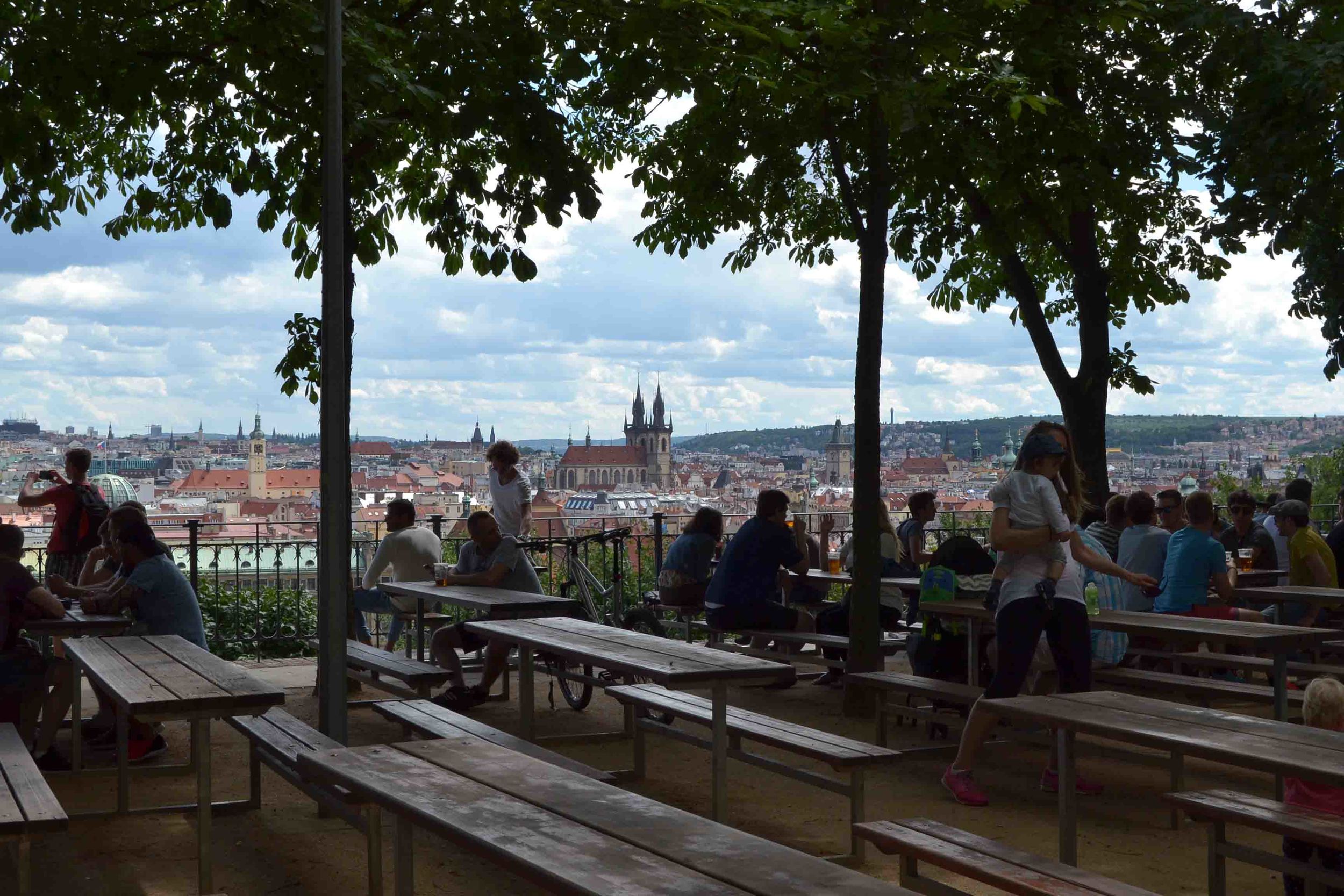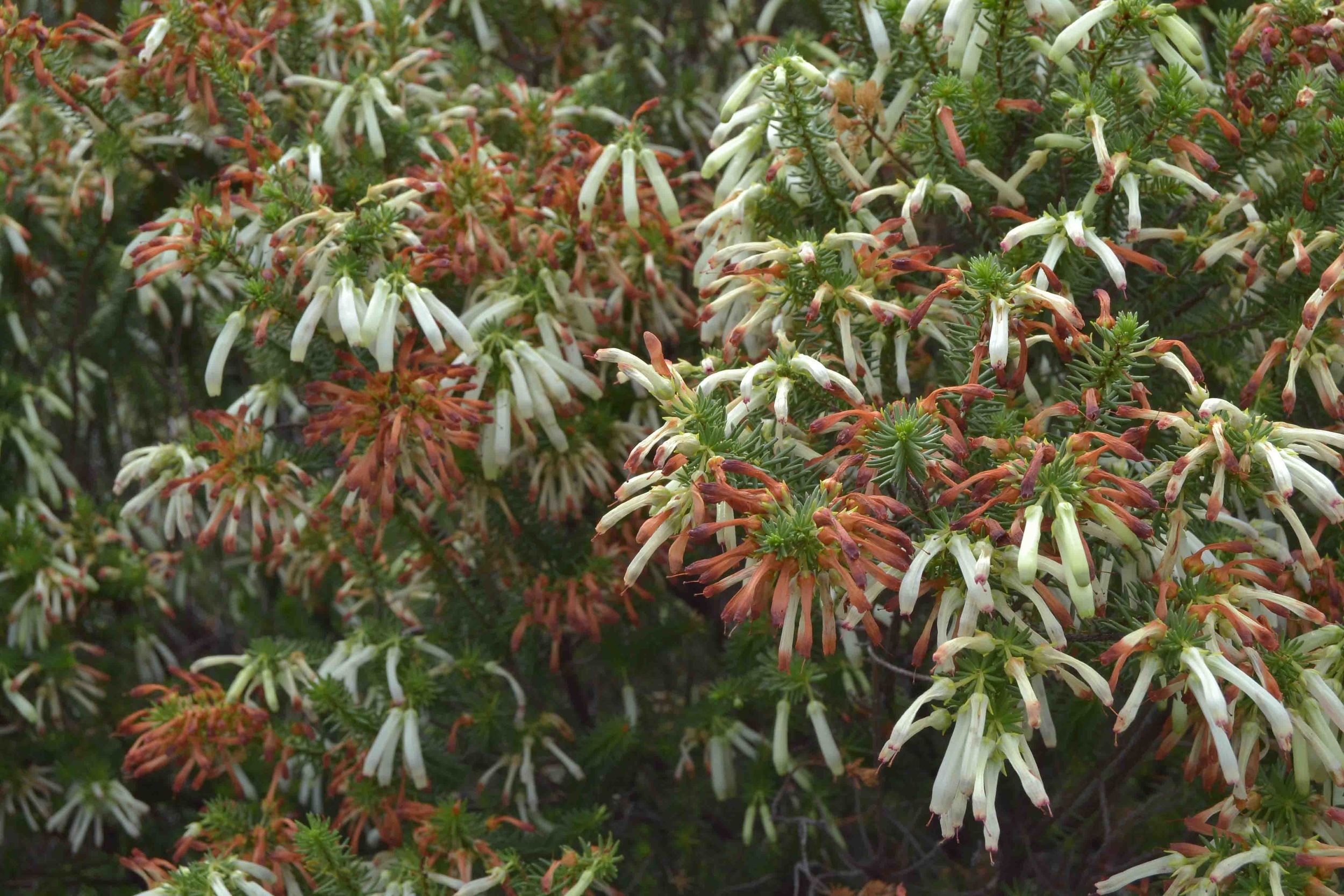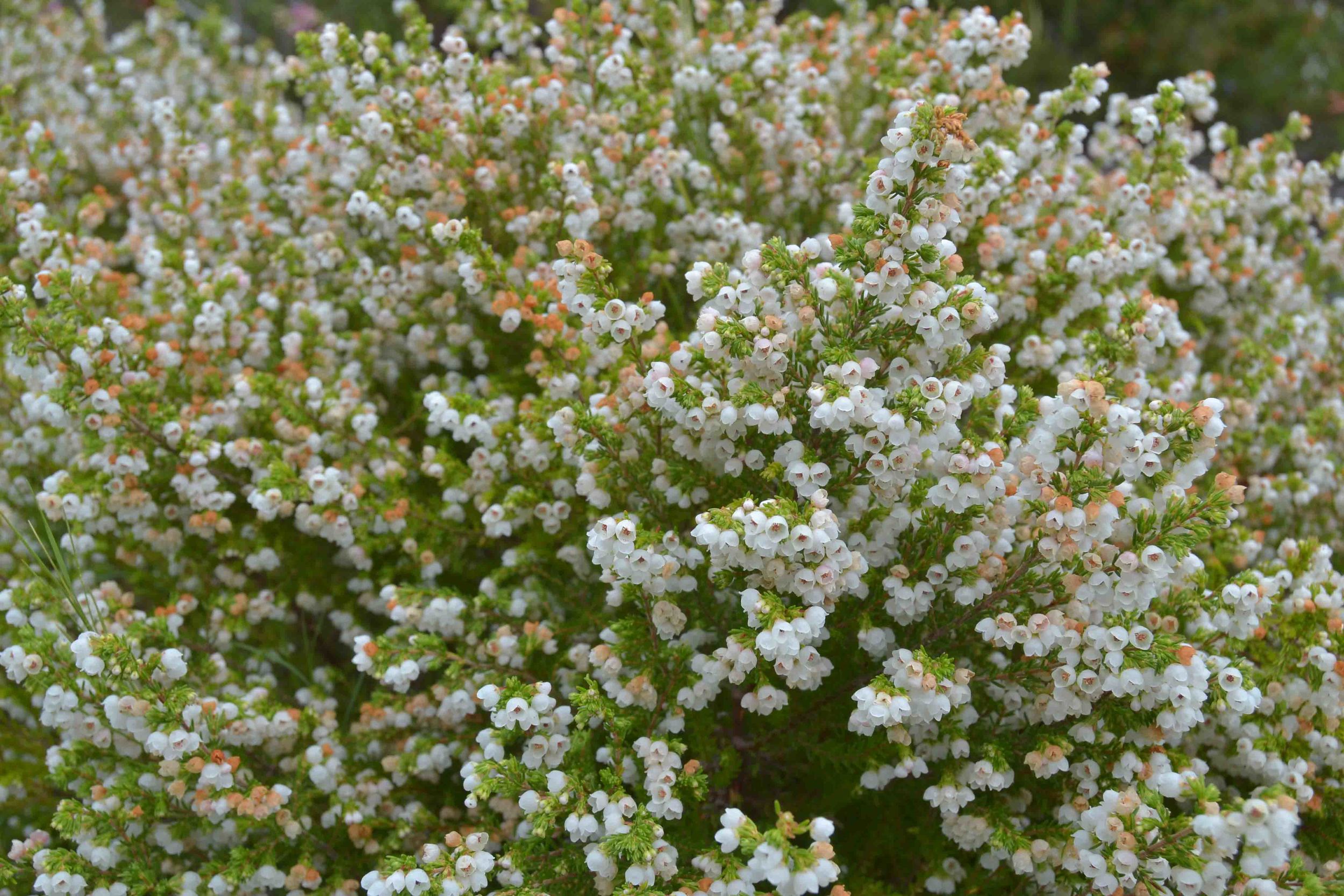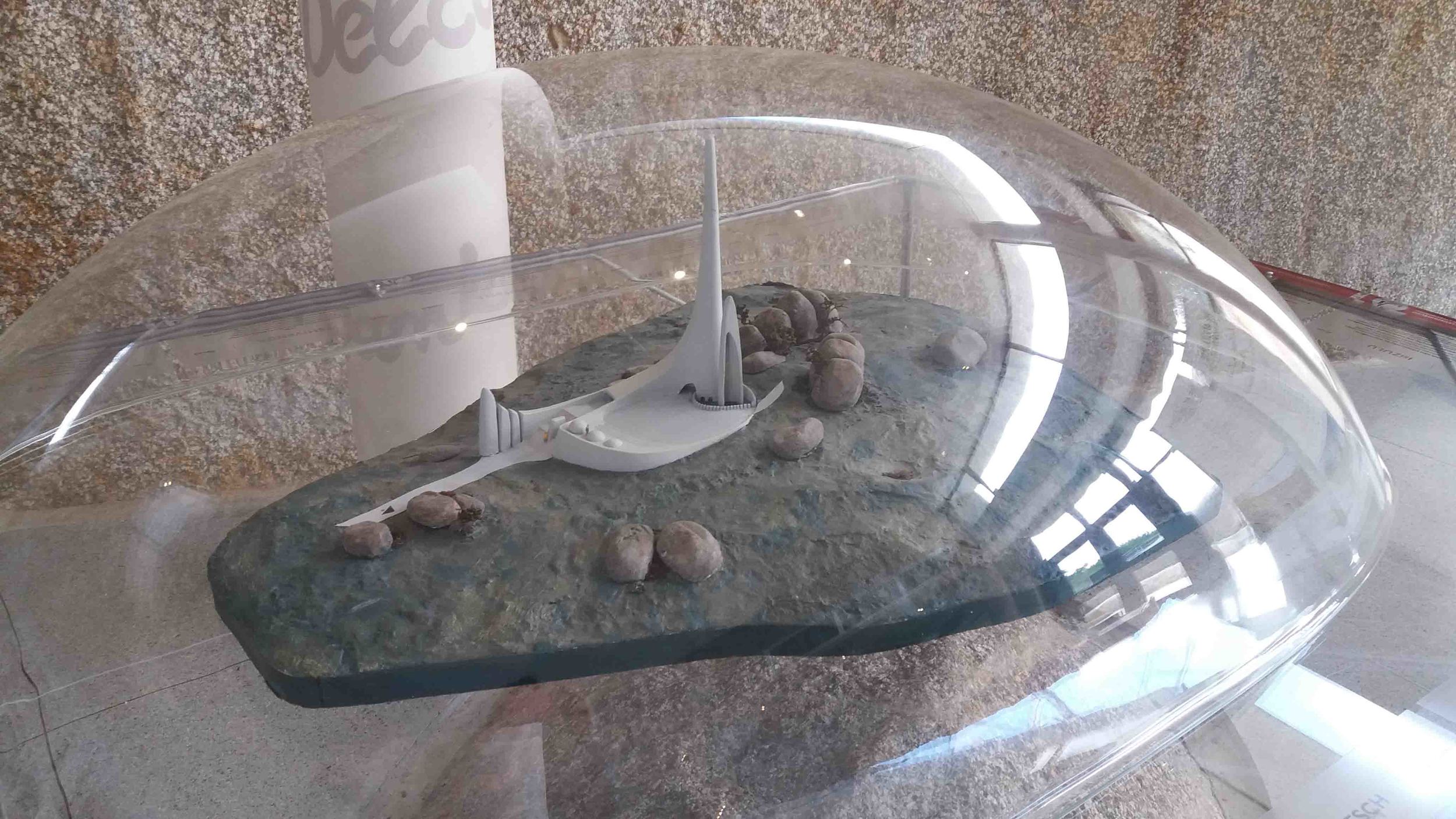I have been fortunate to listen to two presentations by Elsa Pooley: one hosted at Random Harvest Indigneous Nursery in 2015 and the other at the ILASA Conference held in September 2015 (See Previous Blog written on ILASA Conference). I also recently attended a course at The Cavern in the Drakensberg where I was able to view some examples of beautiful indigenous plants and see examples of these plants growing in the wild.
Turrea floribunda flowering at Random Harvest Nursery
To see more about the tree in the above image visit: http://www.randomharvest.co.za/South-African-Indigenous-Plants/Show-Plant/PlantId/112?Plant=Turraea%20floribunda
Elsa Pooley is an advocate for using indigenous plants in public and civic spaces and strongly believes that any form of rehabilitation should exclusively make use of locally indigenous species. She has spent many years studying the indigenous flora of South Africa, particularly in Kwa-Zulu Natal and knows the great potential that South African plants have, but are unfortunately not commercially grown and therefore not well known by landscapers and home owners. Fortunately for us Random Harvest is one of only a handful of nurseries in the country growing indigenous plants, many of which have until now been unavailable.
An indigenous garden can have colour all year round and although this may not always be bright flowers it can come from foliage and the variety of colour and texture from different plants. Elsa mentions how South African plants are used throughout the world but we do not necessarily appreciate their true value as we prefer to make use of exotic plants in our designs. The temptation for landscapers is to use the same old plants they always use because they are easy and work well but there are so many other plants that we could be using.
Some plants I saw in the Drakensberg that I hope to use in the future in my landscape designs:
Pelargonium reniforme (photographed at Engen Garage in Harrismith, all other images taken at The Cavern in the Drakensberg)
Helichrysum sutherlandii - look at this wonderful grey foliage
Kniphofia northiae - large Poker highly rated by Elsa, impressive flowers
Hesperantha coccinea - Pink Variety, normally Red Flowers
Monopsis decipiens
Inulanthera calva
Helichrysum hypoleucum - likes a bit of shade
Merxmuellera macowanii - beautiful ornamental grass (Gomphostigma on Right)
Syncolostemon macratnhus - tall purple pink flowering shrub
Helichrysum acutatum
Metalasia densa
Gladiolus crassifolius
Wahlenbergia
Lotononis pulchella
Thalictrum rhynchocarpum - soft and delicate foliage for shady areas
Seriphium plumosum (Bankrotbos) also known as Stoebe plumosa
Polygala virgata (Purple Broom)
Clematis bracteata (Travellers Joy) - beautifully scented dainty white flowers make this an ideal creeper
I hope that you will also be inspired by these beautiful plants and experiment with indigenous plants in your garden!
Random Harvest Details:
For directions please go to our website www.randomharvest.co.za : or call 082-553-0598
Hours of business 8:00 to 17:00 Monday to Sundays
I highly recommend subscribing to Random Harvest Newsletter on their website

